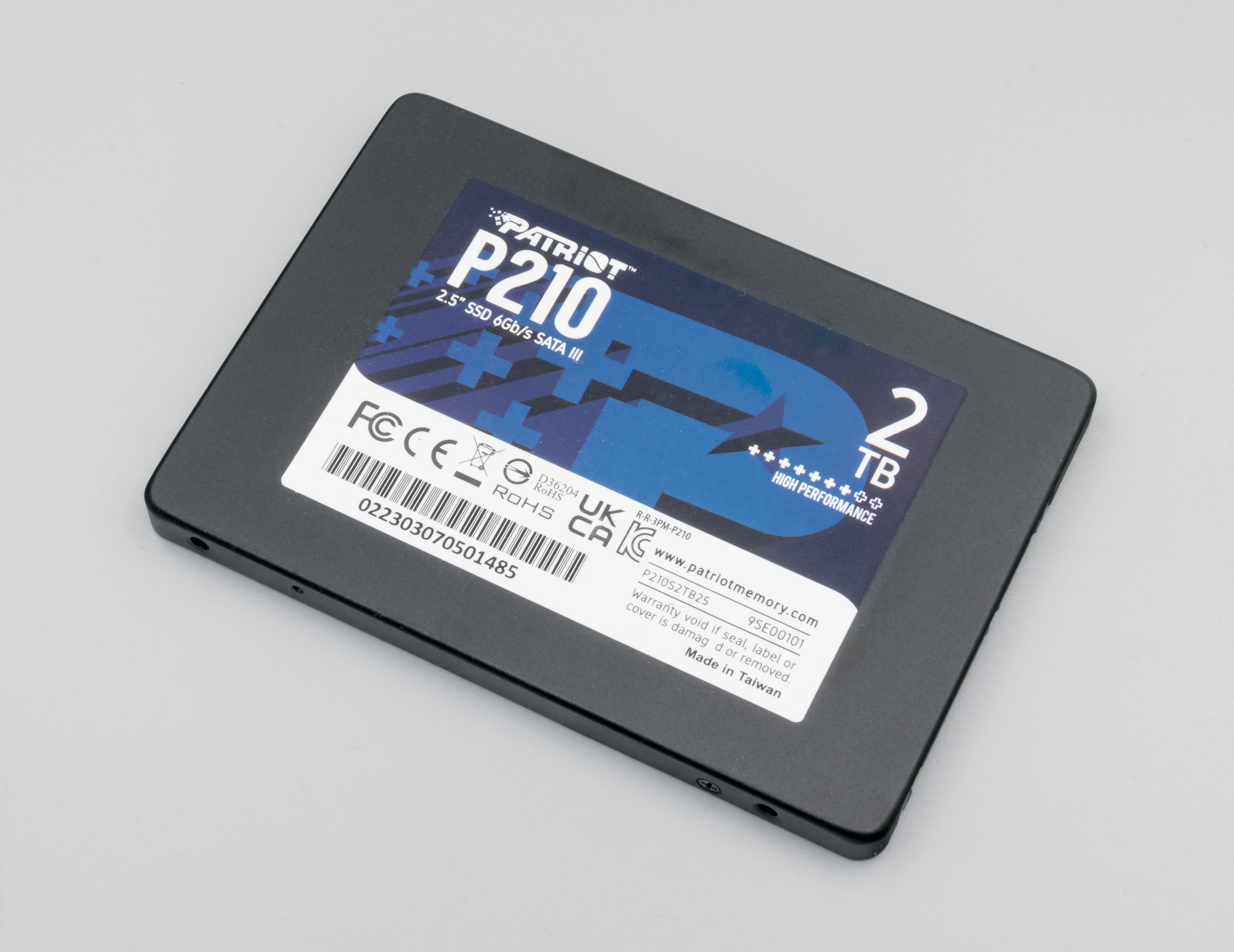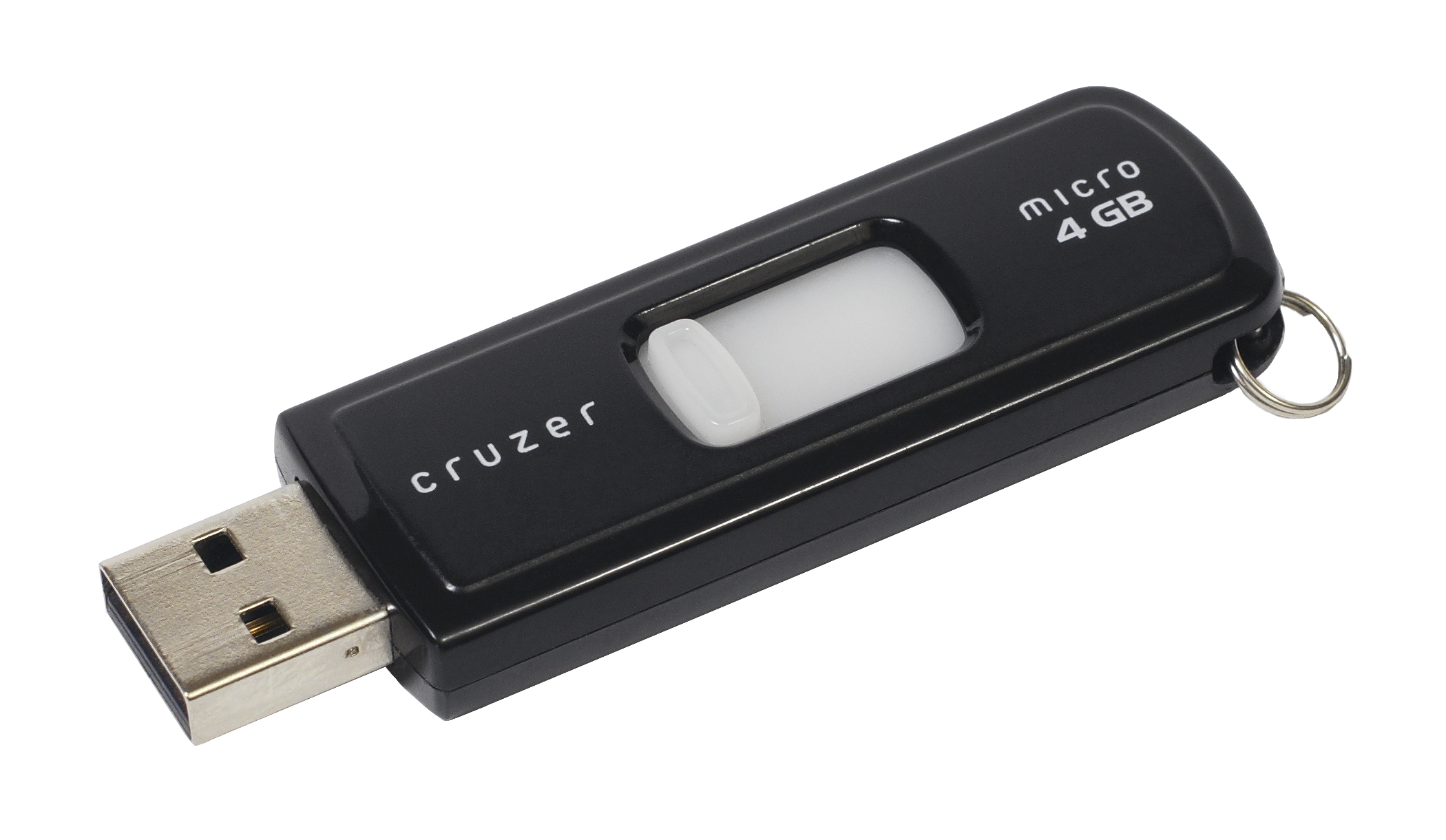|
UserBenchmark
UserBenchmark is a computer benchmarking website that provides users with performance scores for various hardware components. It offers user-submitted reviews and dedicated tools to evaluate and compare the performance of individual components based on system tests. Its controversial opinions and perceived biases in its computer hardware rankings against AMD products have drawn criticism in the tech press. Features UserBenchmark is a website which offers a benchmarking program to run on the user's PC and then allows them to upload the results on the website. The website provides performance comparisons for CPUs, GPUs, SSDs, HDDs, RAM, and USB drives. It works on a similar concept to 3DMark, another system benchmarking tool. As UserBenchmark allows users to upload their hardware score results to the website, it makes it a source of unreleased hardware leaks. Leaks have been discovered for AMD, Intel and NVIDIA hardware. In 2024, UserBenchmark required a $10 per year fee to ... [...More Info...] [...Related Items...] OR: [Wikipedia] [Google] [Baidu] |
Computer Benchmark
In computing, a benchmark is the act of running a computer program, a set of programs, or other operations, in order to assess the relative performance of an object, normally by running a number of standard tests and trials against it. The term ''benchmark'' is also commonly utilized for the purposes of elaborately designed benchmarking programs themselves. Benchmarking is usually associated with assessing performance characteristics of computer hardware, for example, the floating point operation performance of a CPU, but there are circumstances when the technique is also applicable to software. Software benchmarks are, for example, run against compilers or database management systems (DBMS). Benchmarks provide a method of comparing the performance of various subsystems across different chip/system architectures. Benchmarking as a part of continuous integration is called Continuous Benchmarking. Purpose As computer architecture advanced, it became more difficult to compa ... [...More Info...] [...Related Items...] OR: [Wikipedia] [Google] [Baidu] |
Computer Hardware
Computer hardware includes the physical parts of a computer, such as the central processing unit (CPU), random-access memory (RAM), motherboard, computer data storage, graphics card, sound card, and computer case. It includes external devices such as a Computer monitor, monitor, Computer mouse, mouse, Computer keyboard, keyboard, and Computer speakers, speakers. By contrast, software is a set of written instructions that can be stored and run by hardware. Hardware derived its name from the fact it is ''Hardness, hard'' or rigid with respect to changes, whereas software is ''soft'' because it is easy to change. Hardware is typically directed by the software to execute any command or Instruction (computing), instruction. A combination of hardware and software forms a usable computing system, although Digital electronics, other systems exist with only hardware. History Early computing devices were more complicated than the ancient abacus date to the seventeenth century. French ... [...More Info...] [...Related Items...] OR: [Wikipedia] [Google] [Baidu] |
Personal Computer
A personal computer, commonly referred to as PC or computer, is a computer designed for individual use. It is typically used for tasks such as Word processor, word processing, web browser, internet browsing, email, multimedia playback, and PC game, gaming. Personal computers are intended to be operated directly by an end user, rather than by a computer expert or technician. Unlike large, costly minicomputers and mainframes, time-sharing by many people at the same time is not used with personal computers. The term home computer has also been used, primarily in the late 1970s and 1980s. The advent of personal computers and the concurrent Digital Revolution have significantly affected the lives of people. Institutional or corporate computer owners in the 1960s had to write their own programs to do any useful work with computers. While personal computer users may develop their applications, usually these systems run commercial software, free-of-charge software ("freeware"), which i ... [...More Info...] [...Related Items...] OR: [Wikipedia] [Google] [Baidu] |
Central Processing Unit
A central processing unit (CPU), also called a central processor, main processor, or just processor, is the primary Processor (computing), processor in a given computer. Its electronic circuitry executes Instruction (computing), instructions of a computer program, such as arithmetic, logic, controlling, and input/output (I/O) operations. This role contrasts with that of external components, such as main memory and I/O circuitry, and specialized coprocessors such as graphics processing units (GPUs). The form, CPU design, design, and implementation of CPUs have changed over time, but their fundamental operation remains almost unchanged. Principal components of a CPU include the arithmetic–logic unit (ALU) that performs arithmetic operation, arithmetic and Bitwise operation, logic operations, processor registers that supply operands to the ALU and store the results of ALU operations, and a control unit that orchestrates the #Fetch, fetching (from memory), #Decode, decoding and ... [...More Info...] [...Related Items...] OR: [Wikipedia] [Google] [Baidu] |
Graphics Processing Unit
A graphics processing unit (GPU) is a specialized electronic circuit designed for digital image processing and to accelerate computer graphics, being present either as a discrete video card or embedded on motherboards, mobile phones, personal computers, workstations, and game consoles. GPUs were later found to be useful for non-graphic calculations involving embarrassingly parallel problems due to their parallel structure. The ability of GPUs to rapidly perform vast numbers of calculations has led to their adoption in diverse fields including artificial intelligence (AI) where they excel at handling data-intensive and computationally demanding tasks. Other non-graphical uses include the training of neural networks and cryptocurrency mining. History 1970s Arcade system boards have used specialized graphics circuits since the 1970s. In early video game hardware, RAM for frame buffers was expensive, so video chips composited data together as the display was being scann ... [...More Info...] [...Related Items...] OR: [Wikipedia] [Google] [Baidu] |
Solid-state Drive
A solid-state drive (SSD) is a type of solid-state storage device that uses integrated circuits to store data persistently. It is sometimes called semiconductor storage device, solid-state device, or solid-state disk. SSDs rely on non-volatile memory, typically NAND flash, to store data in memory cells. The performance and endurance of SSDs vary depending on the number of bits stored per cell, ranging from high-performing single-level cells (SLC) to more affordable but slower quad-level cells (QLC). In addition to flash-based SSDs, other technologies such as 3D XPoint offer faster speeds and higher endurance through different data storage mechanisms. Unlike traditional hard disk drives (HDDs), SSDs have no moving parts, allowing them to deliver faster data access speeds, reduced latency, increased resistance to physical shock, lower power consumption, and silent operation. Often interfaced to a system in the same way as HDDs, SSDs are used in a variety of devices, ... [...More Info...] [...Related Items...] OR: [Wikipedia] [Google] [Baidu] |
Hard Disk Drive
A hard disk drive (HDD), hard disk, hard drive, or fixed disk is an electro-mechanical data storage device that stores and retrieves digital data using magnetic storage with one or more rigid rapidly rotating hard disk drive platter, platters coated with magnetic material. The platters are paired with disk read-and-write head, magnetic heads, usually arranged on a moving actuator arm, which read and write data to the platter surfaces. Data is accessed in a random-access manner, meaning that individual Block (data storage), blocks of data can be stored and retrieved in any order. HDDs are a type of non-volatile storage, retaining stored data when powered off. Modern HDDs are typically in the form of a small disk enclosure, rectangular box. Hard disk drives were introduced by IBM in 1956, and were the dominant secondary storage device for History of general-purpose CPUs, general-purpose computers beginning in the early 1960s. HDDs maintained this position into the modern er ... [...More Info...] [...Related Items...] OR: [Wikipedia] [Google] [Baidu] |
Random-access Memory
Random-access memory (RAM; ) is a form of Computer memory, electronic computer memory that can be read and changed in any order, typically used to store working Data (computing), data and machine code. A random-access memory device allows data items to be read (computer), read or written in almost the same amount of time irrespective of the physical location of data inside the memory, in contrast with other direct-access data storage media (such as hard disks and Magnetic tape data storage, magnetic tape), where the time required to read and write data items varies significantly depending on their physical locations on the recording medium, due to mechanical limitations such as media rotation speeds and arm movement. In today's technology, random-access memory takes the form of integrated circuit (IC) chips with MOSFET, MOS (metal–oxide–semiconductor) Memory cell (computing), memory cells. RAM is normally associated with Volatile memory, volatile types of memory where s ... [...More Info...] [...Related Items...] OR: [Wikipedia] [Google] [Baidu] |
USB Flash Drive
A flash drive (also thumb drive, memory stick, and pen drive/pendrive) is a data storage device that includes flash memory with an integrated USB interface. A typical USB drive is removable, rewritable, and smaller than an optical disc, and usually weighs less than . Since first offered for sale in late 2000, the storage capacities of USB drives range from 8 megabytes to 256 gigabytes (GB), 512 GB and 1 terabyte (TB). As of 2024, 4 TB flash drives were the largest currently in production. Some allow up to 100,000 write/erase cycles, depending on the exact type of memory chip used, and are thought to physically last between 10 and 100 years under normal circumstances (Digital permanence, shelf storage time). Common uses of USB flash drives are for storage, supplementary data backup, back-ups, and transferring of computer files. Compared with floppy disks or Compact disc, CDs, they are smaller, faster, have significantly more capacity, and are more durable due to ... [...More Info...] [...Related Items...] OR: [Wikipedia] [Google] [Baidu] |
3DMark
3DMark is a computer benchmarking tool created and developed by UL (formerly Futuremark), to determine the performance of a computer's 3D graphic rendering and CPU workload processing capabilities. Running 3DMark produces a 3DMark score, with higher numbers indicating better performance. The 3DMark measurement unit is intended to give a normalized means for comparing different PC hardware configurations (mostly graphics processing units and central processing units), which proponents such as gamers and overclocking enthusiasts assert is indicative of end-user performance capabilities. Many versions of 3DMark have been released since 1998. Scores cannot be compared across versions as each test is based on a specific version of the DirectX API. 3DMark 11 and earlier versions, being no longer suitable to test modern hardware, have been made available as freeware by providing keys to unlock the full version on the UL website. Versions See also * Benchmark (computing) * PCMark ... [...More Info...] [...Related Items...] OR: [Wikipedia] [Google] [Baidu] |







